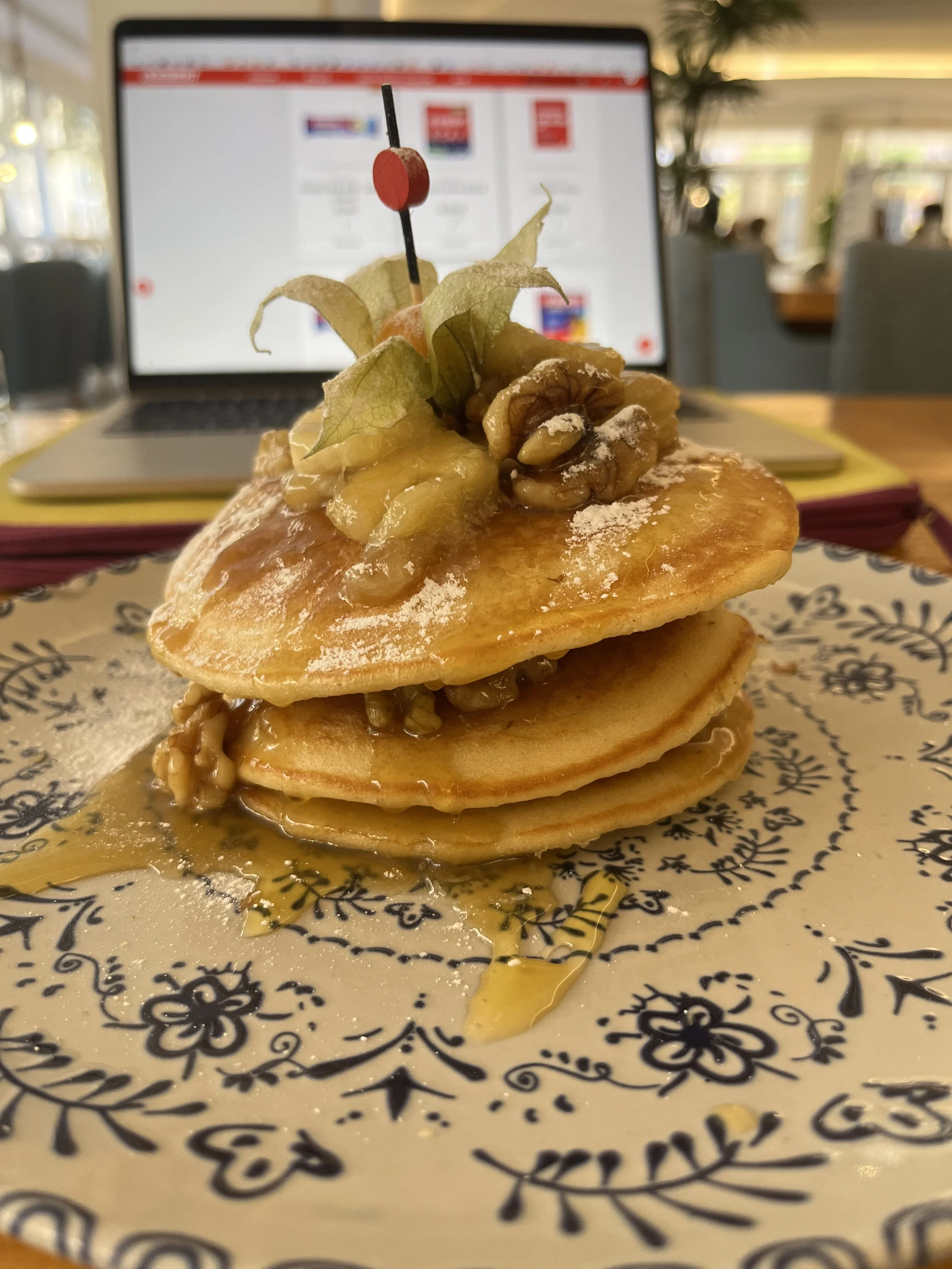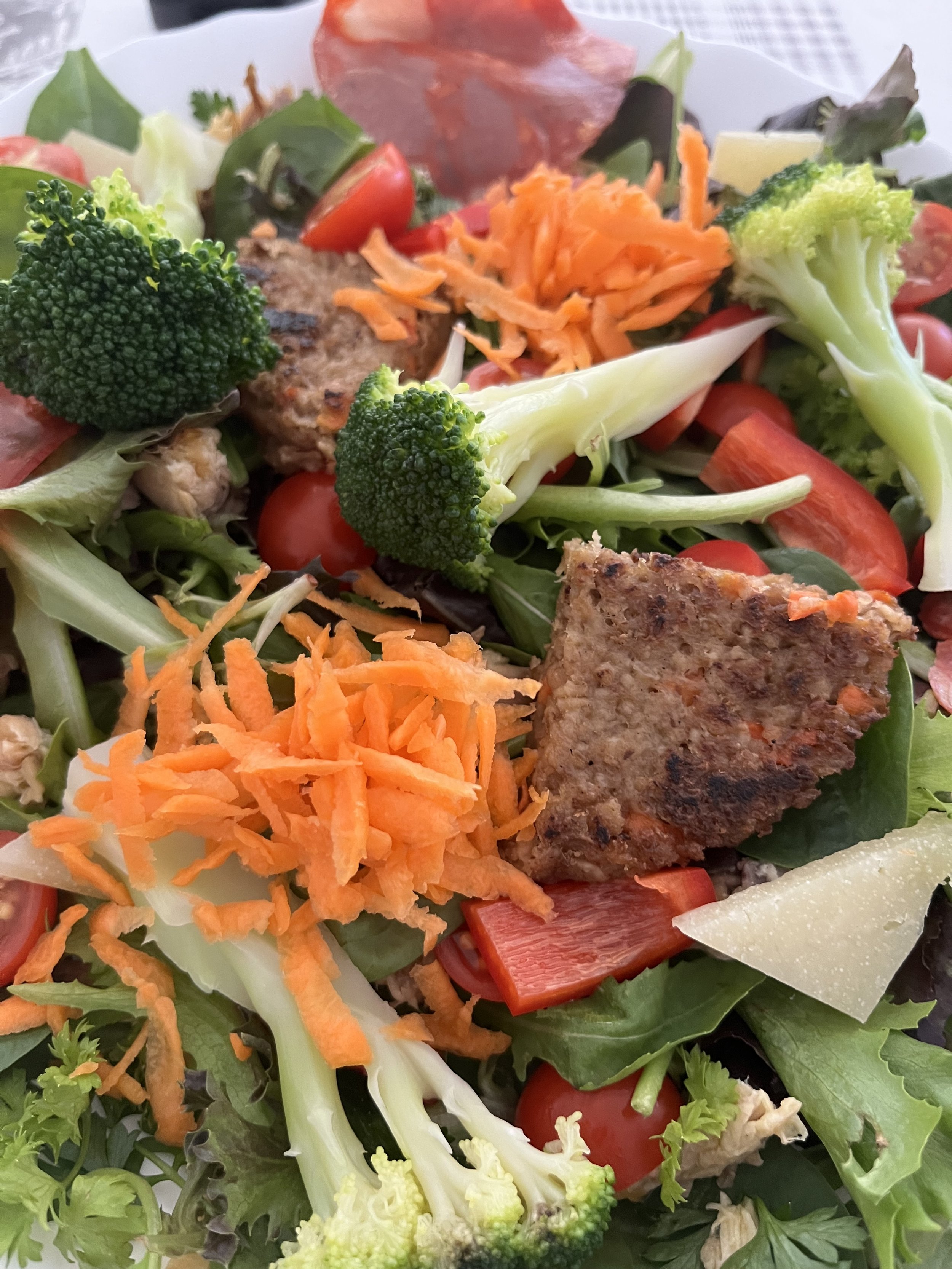The Post-Training Meal: Your Most Powerful Recovery Tool
For many cyclists, the ride ends when you step off the bike. But physiologically, the most crucial phase is just beginning. The post-training window is one of the most powerful opportunities to accelerate recovery, rebuild energy stores, and boost performance in tomorrow’s session. And it all starts with smart nutrition.
At our coaching business, we often say: “Finish the ride strong, but finish the recovery smarter.”
Here’s how to make the most of your post-training meal and why the science behind it matters.
Post-Training Fuelling: A Rare Insulin-Independent Opportunity
Normally, carbohydrates enter your muscles with the help of insulin—a hormone that signals your muscle cells to take up glucose from the bloodstream. However, during and immediately after endurance exercise, your muscles can take up carbohydrates without needing insulin.
This happens because muscle contractions activate a transporter called GLUT4.
What is GLUT4?
GLUT4 (Glucose Transporter Type 4) acts like a gatekeeper that allows glucose into muscle cells. During exercise:
Muscle contractions stimulate GLUT4 to move to the cell surface
This creates an insulin-independent pathway for glucose uptake
Carbohydrates can rapidly enter the muscle and be stored as glycogen
Translation:
Right after your ride, your muscles are uniquely primed to absorb carbohydrates and replenish glycogen faster and more efficiently than at any other time.
Why This Is Important for Cyclists?
Cycling depletes muscle glycogen—the stored carbohydrate that fuels high-intensity efforts, climbs, and sprints. If glycogen stores stay low:
Recovery slows
Your immune function can dip
Power output the next day decreases
Training quality drops, creating a performance spiral
Post-training carbs are the key to reversing this.
The 2-Hour Window: What the Research Shows
Research consistently shows that consuming carbohydrates within the first 2 hours post-exercise significantly increases glycogen resynthesis—far more than delaying intake beyond that window. Studies in endurance sport suggest that athletes who refuel promptly recover better and perform better the next day. One theory behind this enhanced performance is improved intramyofibrillar glycogen re-filling.
Intramyofibrillar Glycogen – Why It Matters
Glycogen isn’t stored in just one place. It exists in several muscle compartments, including:
Intermyofibrillar glycogen (between the contractile fibers)
Intramyofibrillar glycogen (within the contractile fibers)
Subsarcolemmal glycogen (near the muscle membrane)
The intramyofibrillar compartment is particularly important because it aids muscle contraction. Low levels here disrupt calcium release- a key mechanism for muscle contraction, and therefore depletion is strongly associated with reduced power output and fatigue.
Prompt carbohydrate intake appears to preferentially replenish these compartments, improving performance in the next session.
Glycogen Replenishment: The First Step in Recovery
If you want strong legs tomorrow, the process starts today—right after the ride.
Replenishing glycogen:
Kickstarts the recovery cascade
Reduces muscle breakdown
Supports hormonal balance
Improves adaptations to training
Prepares your muscles for intensity in the next session
Skipping post-training carbs is one of the fastest ways to blunt performance gains, no matter how good your training session was.
How Much Carbohydrate Do You Need Post-Ride?
A good general recommendation is:
0.8 – 1.2 g of carbohydrate per kilogram of body weight within the first 1–2 hours post-training
Examples:
60 kg cyclist: 48–72 g
70 kg cyclist: 56–84 g
80 kg cyclist: 64–96 g
If your training was long (2+ hours), intense, or included intervals, aim toward the higher end of that range.
What does this look like in food?
Recovery shake with fruit + oats = 60–80 g
Bagel with honey = 50–60 g
Rice bowl with lean protein = 70–100 g
Smoothie + banana + granola = 60–90 g
Pairing carbohydrate with protein (15–25 g) further enhances recovery and muscle repair.
Additional Points Worth Mentioning
1. Liquid carbs are great when appetite is low
Hard sessions suppress hunger, so a smoothie or shake can help you hit your targets.
2. Protein matters, but carbs are king in the immediate window
Protein supports repair, but glycogen restoration should be your priority in the first hours.
3. Consistency beats perfection
It’s better to reliably hit 60–80 g carbs after every ride than to occasionally nail a perfect meal.
4. The longer or more intense the session, the more urgent the fueling
If the ride was easy and under 60 minutes, urgency is lower—but for any serious training load, don’t delay.
5. Evening training isn’t an excuse to skip carbs
You don’t gain fitness by under-fueling; you gain fitness by recovery and adaptation.
The Bottom Line
The post-training window is a powerful, insulin-independent chance to rapidly replenish muscle glycogen through GLUT4 activation. Taking advantage of this period supports faster recovery, better training quality, and higher performance the following day.
Aim for 0.8–1.2 g/kg of carbohydrate in the first 2 hours, pair it with some protein, and you’ll be setting the foundation for stronger, more consistent cycling.



